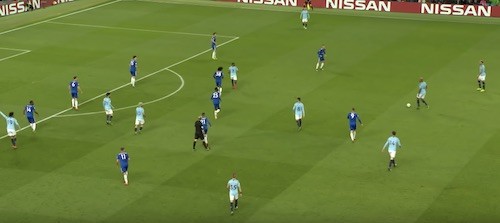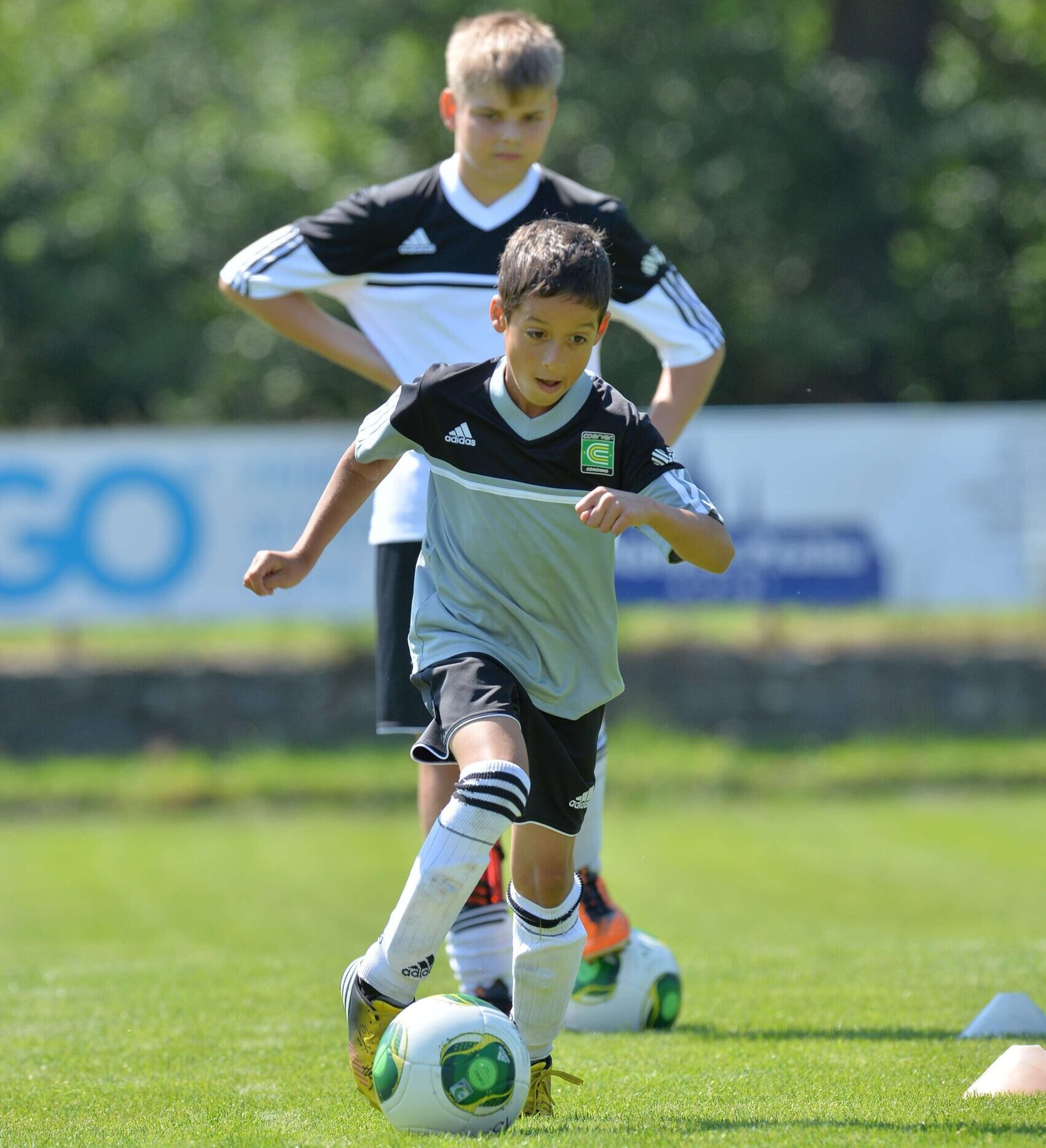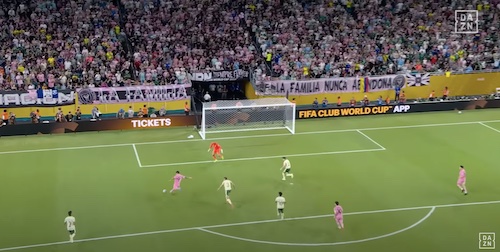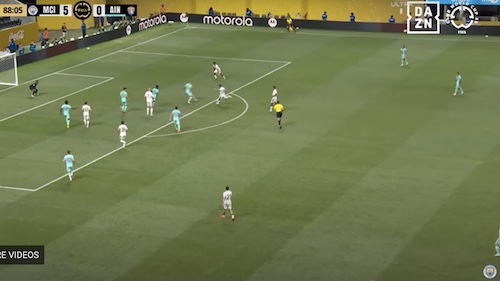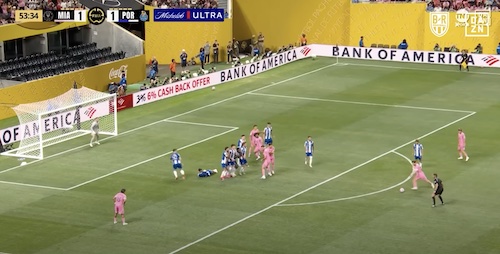How do soccer coaches make adjustments? Soccer teams will often change tactics if they score a goal or they are ahead with just a few minutes left in the game. Coaches might take out an attacking player, say a forward, and put on a more defensive or possession oriented midfielder. If a team is ahead and there’s just ten minutes left in the game, teams won’t risk racing up the field to try to score. Instead, they’ll stay back and hold their positions and try to kill the game off. Play the ball down the line and try to hold the ball in the corners.
These strategies are so they can hold the lead and let more minutes tick off the clock. It doesn’t make sense for the whole team to get up into the attacking third of the field if your team is already ahead. Rather than push everyone up, or take more risks, it’s time to keep the ball and play conservatively.
On the other side of the coin though, when you’re losing and there’s just ten minutes to go, it’s time to do the opposite. You push players forward. Bring on maybe another attacking player. And you get the ball into the box. Certainly, that’s some what a desperate type of tactic, pulling the goalie even to push up for corner kicks.
In the modern game of soccer, it’s now more common to see teams like Bayern Munich, Manchester City, Barcelona and Liverpool stick with their game plan and try to create a goal scoring chance by maintain their standard style of play. Keeping the ball and moving it at a faster pace when there’s an opportunity to go forward but not becoming unbalanced and getting away from their style of keeping possession of the ball.
It would be quite odd if all of a sudden you saw Barcelona start to boot the ball forward in the last ten minutes. If they stick will their game plan and style of play, a goal will come and usually does.
It’s obvious of course, that you must get the ball forward when your team is losing. And soccer is a funny game sometimes. Teams might knock the ball around beautiful for 90 minutes but be unable to score. But in one moment, say off a goal kick or a punt from the keeper, a forward flicks the ball on with his head and the ball falls right to the other forward who scores.
But other, subtler adjustments might need to be made during the game. If you’re playing against Arjen Robben, and he keeps cutting in with his left foot, it’s time to try to force him to use his right foot. Of course, it’s easier said than done though to stop Robben from cutting inside on his favored left foot. Small adjustments though can have a big impact.
For instance, reminding your team to spread out and use the width can open up the game. If one player is having trouble marking another player, either that player is too fast or too big, you can switch the players who are marking the player. Or, if one team is repeatedly punishing your team with attack after attack, it might be time for your team just to clear the ball out of bounds and settle down.
There’s nothing wrong with booting the ball up the field on a few occasions to regroup. This is where it’s important for your captain or team leader to gather your team together and pick them up. Soccer is so much about momentum and confidence. The best teams never lose the belief that they can come back and win the game.
David Silva, Kyle Walker, Sergio Aguero, Raheem Sterling, Leroy Sane, Riyad Mahrez, Oleksandr Zinchenko AND Vincent Kompany all feature in this seasons Goal of the Season! Who gets your vote?
Read more at Soccer Runs: Keep the Opposing Team Guessing
Learn more at Patterns, Defense, and Soccer Formations











